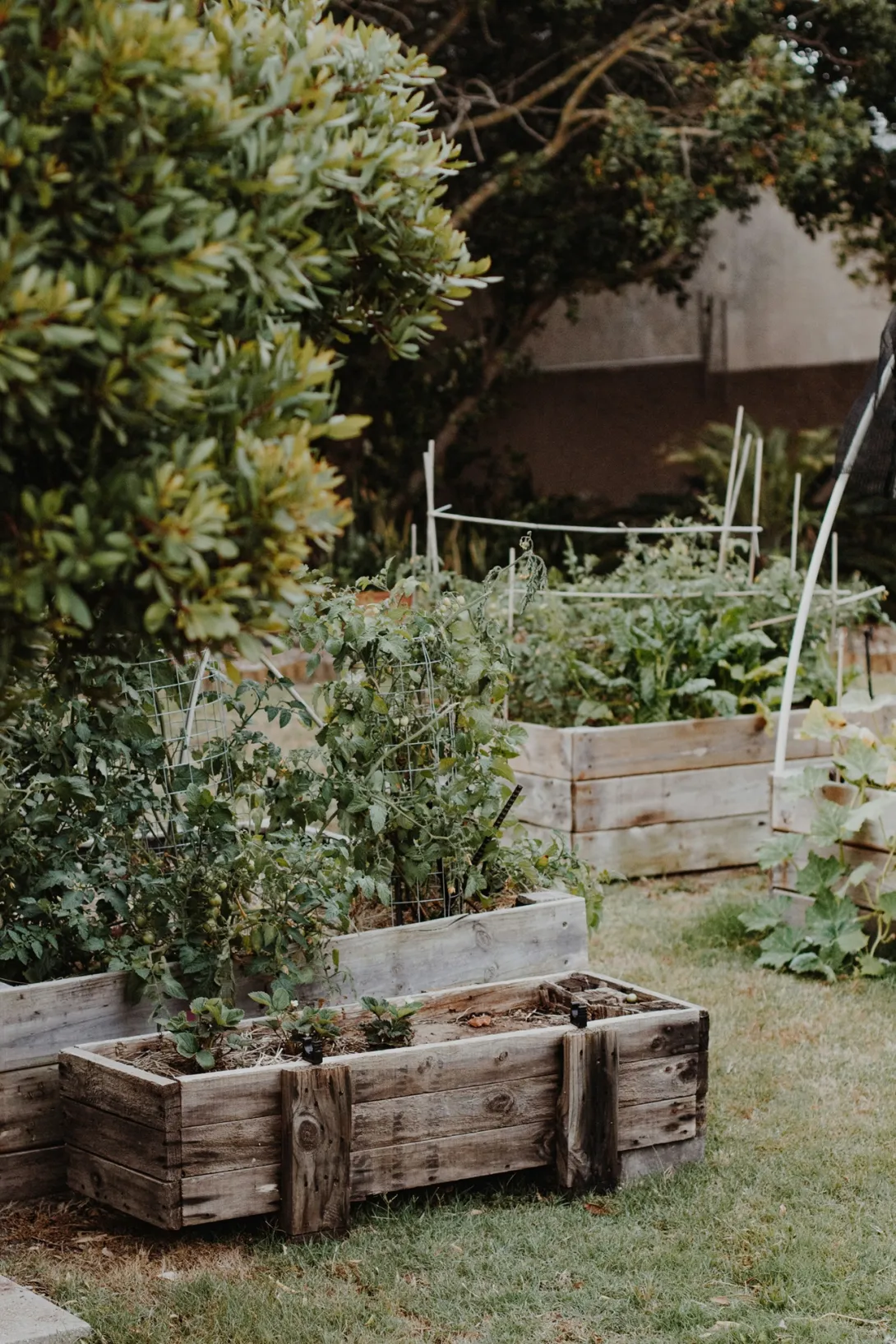
10 Homestead Skills to Learn This Year (and How to Practice Them in the City)
Homesteading isn’t just for folks on sprawling acreage. The heart of homesteading is self‑reliance—and many of the skills translate beautifully to urban and suburban life. Whether you’re planning your dream homestead or just want to live more sustainably where you are, these ten skills will get you started right now.
1. Food Preservation
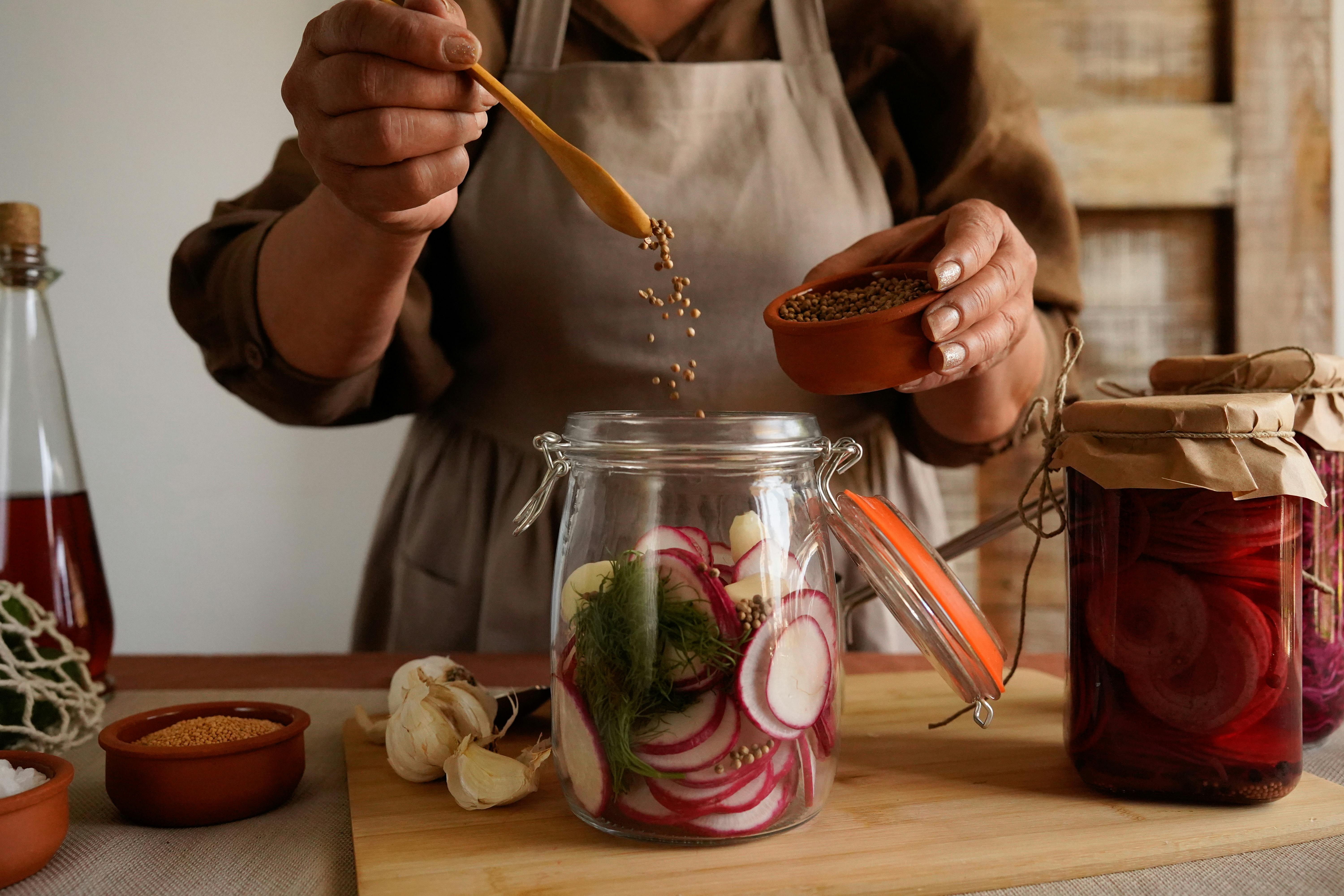
Why it matters: There's a profound satisfaction that comes from preserving the harvest, enjoying the fruits (and vegetables!) of your labor months after they were picked. Nothing feels more homestead-authentic than cracking open a jar of sun-ripened tomatoes in the dead of winter or spreading homemade berry jam on your toast. Beyond that deeply satisfying feeling, food preservation is a cornerstone of self-reliance and sustainability. It allows you to reduce food waste, save money by buying in bulk when produce is in season and cheaper, and control the ingredients in your food, avoiding unwanted additives.
Learn it now: Don't let visions of overflowing pantries overwhelm you. You can easily start small, right in your city kitchen. A great entry point is small-batch jam making. Pick a favorite fruit, grab some sugar and pectin, and in an hour or two, you'll have a couple of jars of delicious, homemade jam. Another fantastic beginner-friendly option is refrigerator pickles. These don't require any special canning equipment; simply slice your chosen vegetables, whip up a brine, and let them meld in the fridge for a few days. Even apartment dwellers with limited space can dive into water-bath canning. All you need is a large pot with a lid, a canning rack (or even just extra jar rings at the bottom), some canning jars, and a basic stovetop canning kit – it's surprisingly accessible!
Pro tip: To make food preservation even more economical and efficient, join a local produce co-op or frequent your farmer's market towards the end of the day. You can often find affordable bulk fruits and vegetables that are perfect for preserving, often at a discount. This not only supports local growers but also provides you with an abundance of fresh, seasonal ingredients for your canning, pickling, or freezing projects. Consider connecting with farmers directly to inquire about "seconds" or "ugly" produce that's perfectly good for processing but might be sold at a lower price.
2. Seed Saving
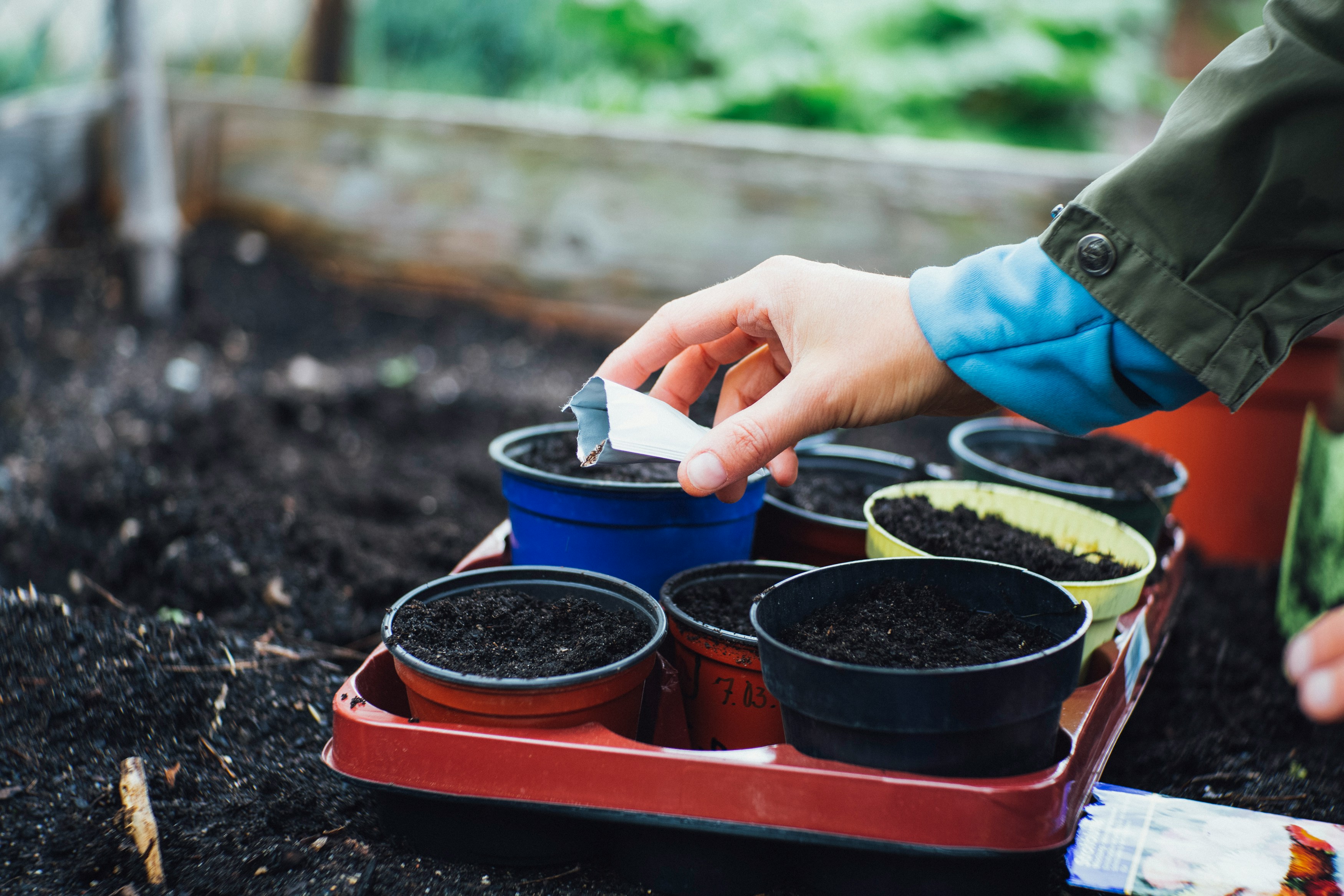
Why it matters: In an era of increasing awareness about food origins, seed saving is a powerful act of self-reliance and biodiversity preservation. It directly reduces your gardening costs, eliminating the need to buy new seed packets year after year. More importantly, it allows you to preserve heirloom and open-pollinated varieties that might not be readily available commercially. These are the plants that have been passed down through generations, often prized for their unique flavors, resilience, or adaptability to specific climates. By saving seeds from your healthiest, most productive plants, you're essentially breeding stronger plants naturally adapted to your local conditions, year after year.
Learn it now: You don't need a sprawling farm to start saving seeds. Even with limited space, you can easily begin. Grow a pot of basil, marigolds, or cherry tomatoes on your balcony, patio, or a sunny windowsill. These are excellent beginner-friendly options. For basil, let a few plants go to flower, then wait for the tiny black seeds to form in the dried flower heads. Marigolds produce easily recognizable seeds at the base of their faded blooms. For cherry tomatoes, simply squeeze the seeds (and their jelly-like coating) onto a paper towel, allow them to ferment for a day or two (this helps remove disease inhibitors), then rinse and dry them thoroughly. Once your chosen plant matures and produces seeds, collect them carefully. Ensure they are completely dry before storing to prevent mold and rot.
Pro tip: The golden rule of seed saving, especially for beginners, is to label everything! It's incredibly easy to forget which seeds are which by the time spring rolls around, or to mix up different varieties of the same plant. Use small envelopes, plastic baggies, or glass jars, and clearly write the plant name, variety, and the date you collected the seeds. This simple step will save you a lot of confusion and ensure you plant exactly what you intend to in the next growing season. Store your dried, labeled seeds in a cool, dark, and dry place, like a closet or a sealed container in the refrigerator, to maintain their viability for future planting.
3. Basic Carpentry
Why it matters: From the smallest mends to larger construction projects, basic carpentry is arguably one of the most fundamental skills for any aspiring homesteader, even in the city. It empowers you to repair broken items around your home, saving money and reducing waste. Beyond repairs, it opens up a world of DIY possibilities that directly support a self-reliant lifestyle: custom garden beds for urban growing, sturdy tool shelves to organize your small space, or even simple structures for composting. Understanding the fundamentals of wood, fasteners, and tools gives you the ability to create, adapt, and maintain your environment with confidence. It's the skill that brings many other homesteading ambitions to life.
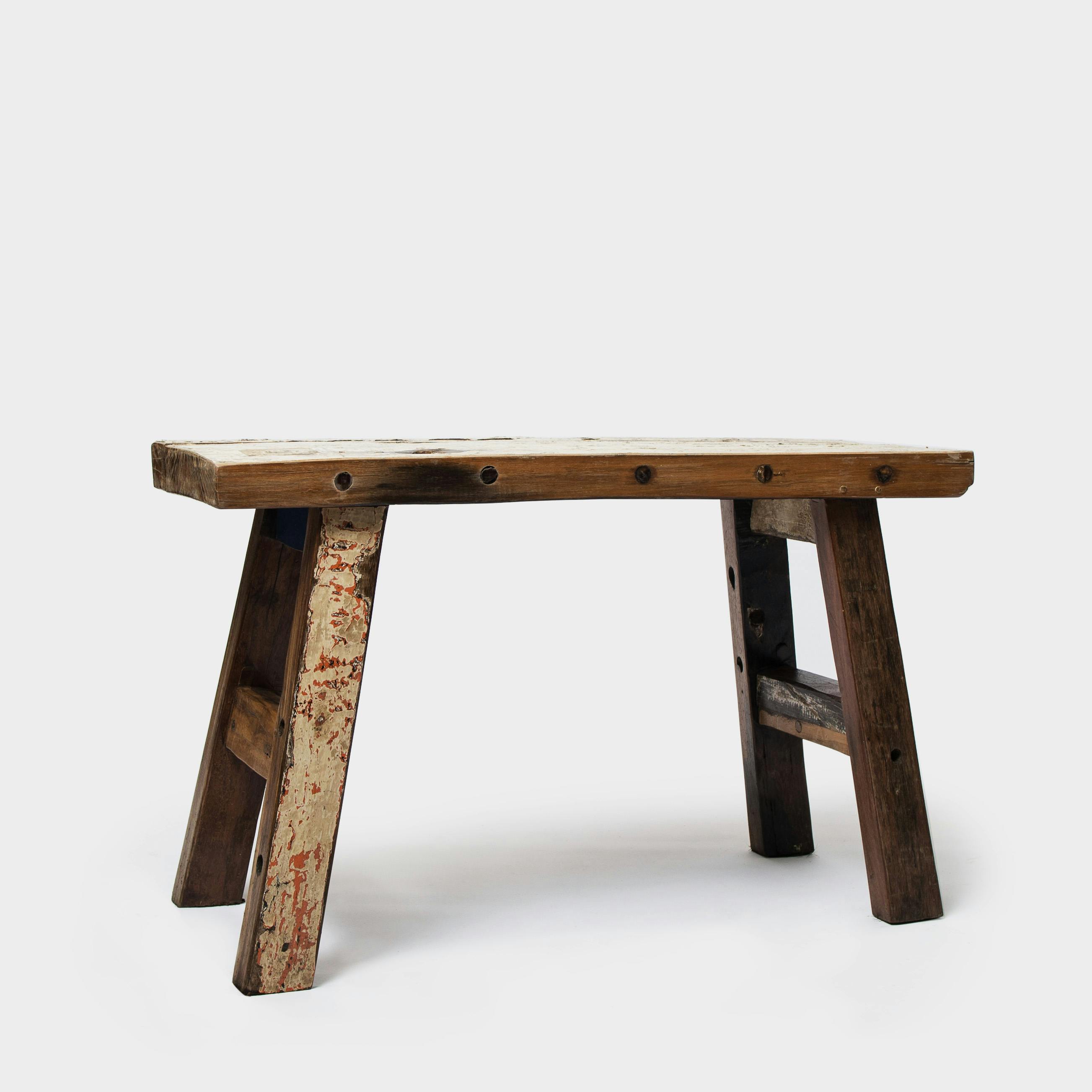
Learn it now: Don't feel intimidated by complex blueprints. You can easily start with small, manageable projects that teach core carpentry principles. A fantastic beginner project is building a simple raised planter box. This involves measuring, cutting straight lines, drilling pilot holes, and assembling with screws or nails – all foundational skills. Another great option is a birdhouse, which introduces different angles and smaller details. You don't need a full workshop to begin; a handsaw, tape measure, drill, and a few clamps can get you surprisingly far. For those without tools or space, local maker spaces, community workshops, or even some hardware stores often offer tools, workspaces, and beginner-friendly workshops where you can learn safe operation and receive guidance from experienced instructors.
Pro tip: Embracing sustainability extends to your materials. Reclaimed wood, like old pallets (ensure they are heat-treated, marked "HT" or "KD" (Kiln Dried), not chemically treated "MB"), deconstructed fences, or salvaged lumber from demolition sites, is an incredibly cheap and eco-friendly resource. It reduces your material costs significantly and gives new life to discarded items. Always inspect reclaimed wood for nails, screws, and structural integrity before use. Cleaning and preparing it might take a little extra effort, but the cost savings and environmental benefits are well worth it. It also adds a unique, rustic character to your projects, perfectly aligning with the homesteading aesthetic.
4. Bread Baking
Why it matters: There's a primal satisfaction in the aroma of freshly baked bread filling your home. Beyond the delightful sensory experience, knowing how to bake bread is a profound step towards food self-sufficiency. It means never relying on a store loaf again, freeing you from fluctuating prices, limited varieties, and often, a long list of unfamiliar ingredients. Baking your own bread gives you complete control over what goes into your food. All you would need is simple flour, water, salt, and yeast, or perhaps even a natural sourdough starter. It's a foundational skill that boosts confidence in the kitchen, reduces your grocery bill, and provides a wholesome, nourishing staple for your family.
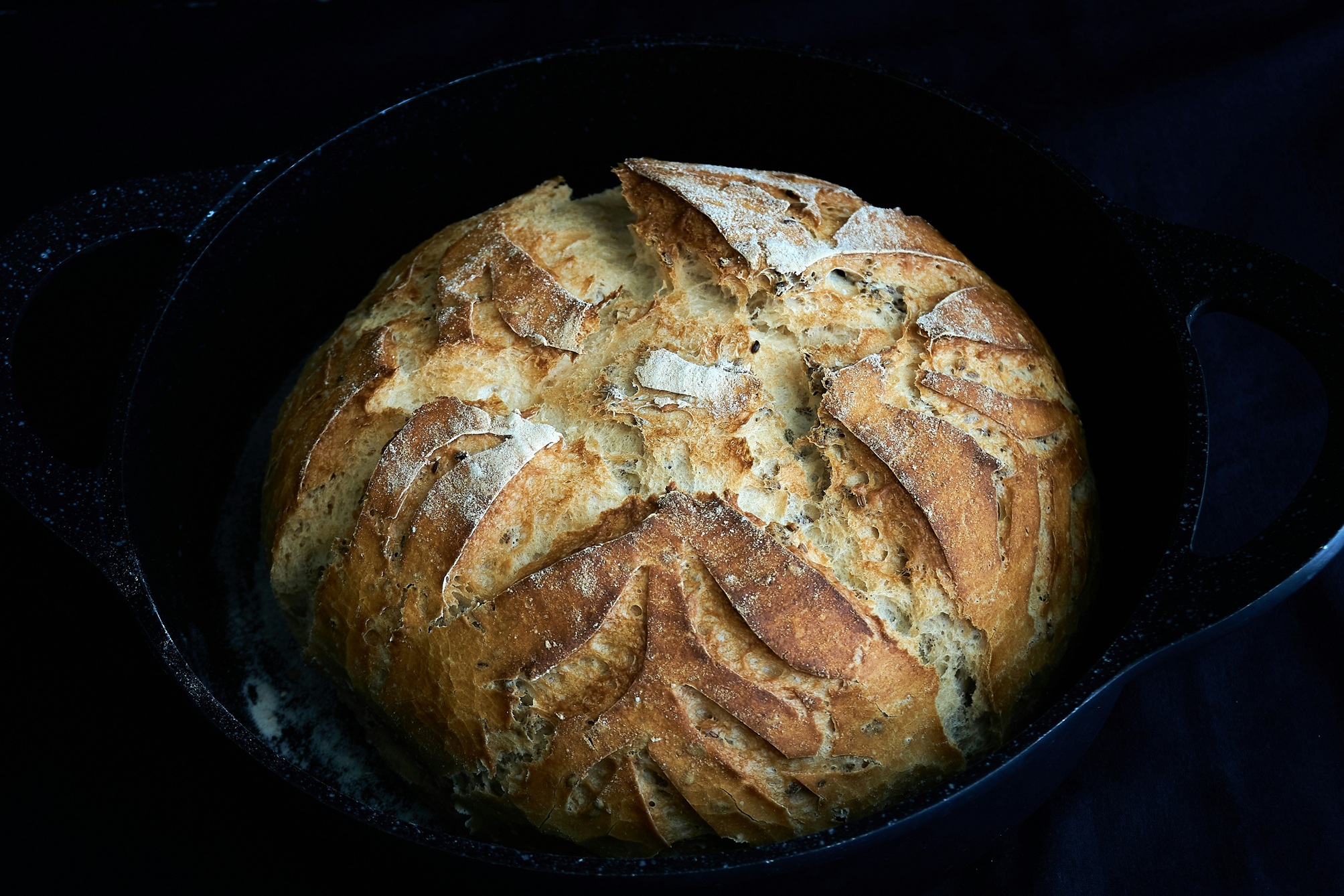
Learn it now: You don't need a professional bakery setup to start your bread-baking journey. A fantastic entry point is a no-knead artisan bread recipe you can easily make in your standard home oven. These recipes typically involve a simple mix of ingredients, a long rise time, and then baking in a preheated pot, yielding a surprisingly professional-looking and tasting loaf with minimal effort. Once you've mastered the basics, you can experiment with sourdough starters. And yes, they absolutely thrive in city kitchens! A sourdough starter is simply a living culture of wild yeast and bacteria, easily maintained with flour and water, that gives bread a unique tangy flavor and chewy texture. Many online tutorials and communities exist to guide you through creating and maintaining your own starter, requiring only a jar, flour, water, and a bit of patience.
Pro tip: To achieve that coveted, rustic, crackly crust often found on artisan bakery loaves, a cast-iron Dutch oven is your secret weapon. Heating the Dutch oven in your oven before adding the dough creates a steamy environment that mimics a professional bread oven. This steam allows the crust to expand fully before it sets, resulting in a thin, crisp exterior. The intense, even heat of cast iron also contributes to a superior oven spring (the final burst of rising that occurs during baking) and a beautifully browned crust that you'll be incredibly proud of. It's a worthwhile investment for any home baker aiming for that truly authentic, homemade bread experience.
5. Off-Grid Cooking
Why it matters: In an increasingly interconnected world, relying solely on utility grids can leave you vulnerable. Knowing how to cook without electricity or natural gas is a fundamental homesteading skill that offers incredible empowerment and resilience. Imagine a prolonged storm or power outage: while neighbors might struggle, you'll be able to prepare warm, nourishing meals. Beyond emergencies, this skill opens up possibilities for enjoyable camping trips, backyard cookouts, or even just disconnecting from modern conveniences for a while. It deepens your understanding of heat, fuel sources, and basic culinary techniques, making you more adaptable and self-reliant in any situation.
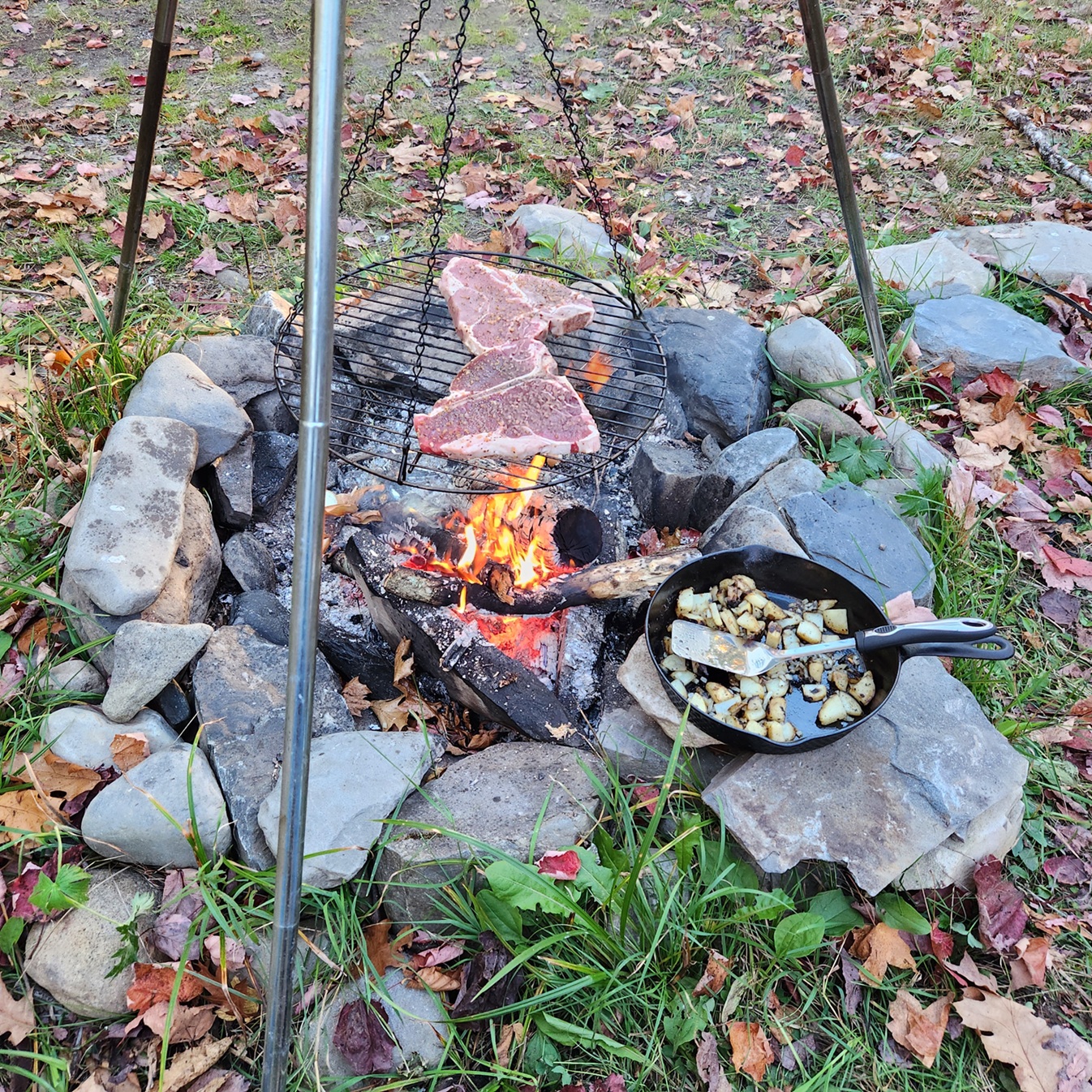
Learn it now: You don't need to live in a cabin in the woods to master off-grid cooking. Start by experimenting with readily available, compact tools. A rocket stove is an excellent option for efficiency, using small twigs and branches to create intense heat for cooking. A small, portable propane burner (like those used for camping) is another quick and easy way to practice. If you have a backyard, setting up a simple fire pit for cooking provides a more rustic experience and allows for larger pots or grilling.
For apartment dwellers, off-grid cooking is still very accessible. Consider investing in a solar oven – these ingenious devices harness the sun's energy to slow-cook meals on a sunny balcony or patio, requiring no fuel whatsoever. Alternatively, a compact camping stove can be used safely in a well-ventilated area (like an open balcony, a garage with the door open, or even just near an open window with good airflow) following all safety guidelines for carbon monoxide prevention and fire safety. Always ensure proper ventilation to avoid smoke and fumes.
Pro tip: Focus on mastering simple, versatile meals that lend themselves well to open-flame or single-burner cooking. Flatbreads are incredibly forgiving and can be cooked directly on a hot surface or in a pan. Soups and stews are perfect for one-pot cooking, allowing you to use whatever ingredients you have on hand and easily adjust to the heat source. Practice boiling water for hot drinks or rehydrating dehydrated foods. Learning how to control the heat, manage your fuel, and adapt recipes to basic cooking methods will make you incredibly proficient and confident in preparing delicious meals, no matter the circumstances.
6. Mending and Sewing
Why it matters: In an age of fast fashion and disposability, the skill of mending and sewing is a powerful act of resourcefulness and sustainability, perfectly aligning with homesteading principles. It directly allows you to extend the life of your clothes, linens, and other textiles, transforming worn-out items into usable goods again. This not only saves significant money by reducing the need to constantly buy new replacements but also drastically cuts down on textile waste ending up in landfills. Beyond the practical benefits, there's a quiet satisfaction in repairing something with your own hands, fostering a deeper connection to your belongings and a mindset of care over consumption.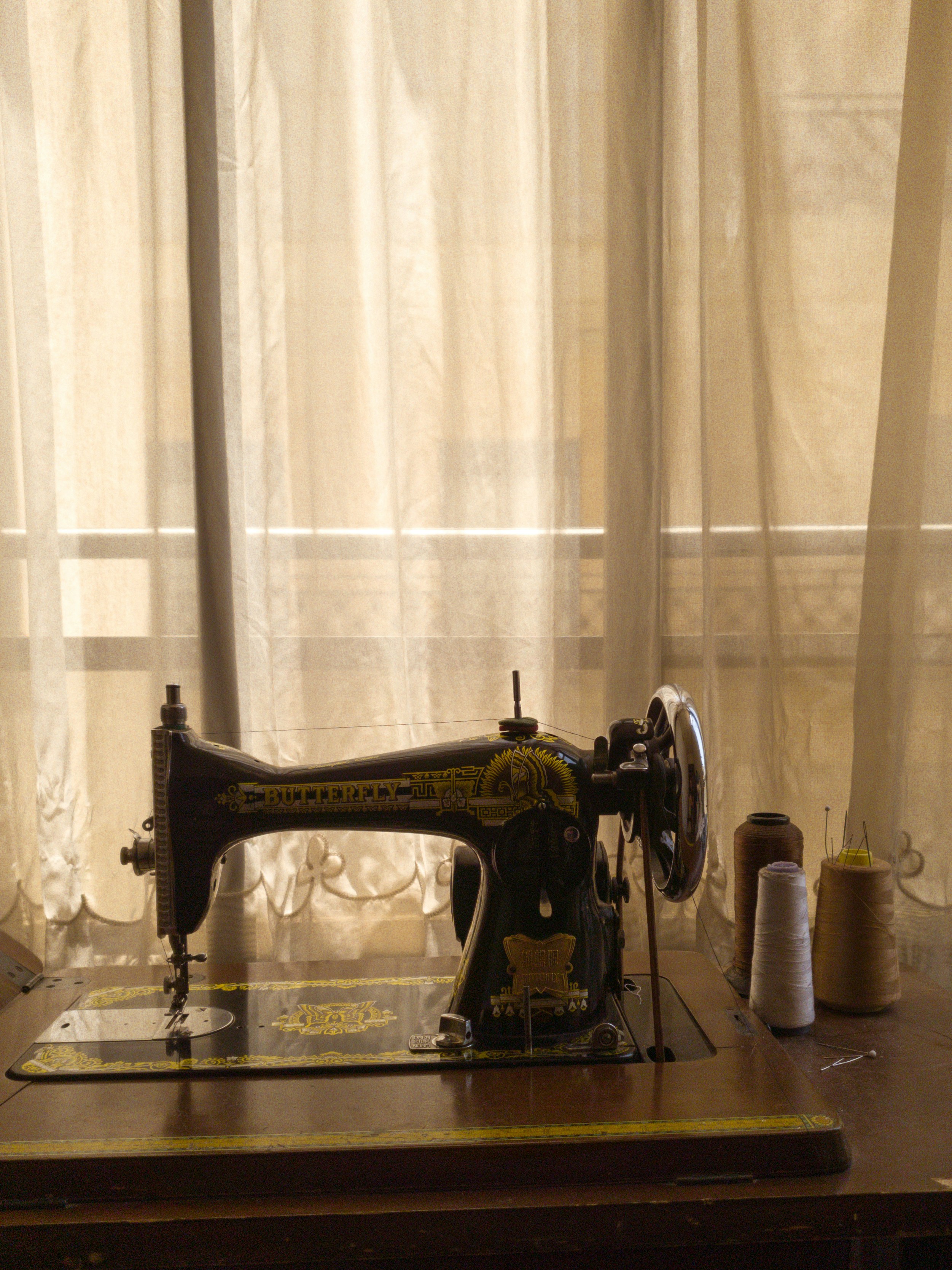
Learn it now: You don't need to be a fashion designer to start. Begin by assembling a basic sewing kit: a few needles, thread in common colors, scissors, pins, and a thimble. With these simple tools, you can start practicing foundational skills. Good beginner projects include hemming jeans that are too long, or patching a torn shirt or a hole in a pair of pants. These tasks teach you how to handle fabric, make straight stitches, and secure edges. Thrift stores are an excellent resource for practice materials. Buy inexpensive garments that you can experiment on without fear of ruining something valuable. Look for different fabric types to broaden your experience.
Pro tip: Start by mastering hand-stitching first. Learning basic hand stitches like the running stitch, backstitch, and whipstitch will give you a fundamental understanding of how stitches hold fabric together, how to manage tension, and how to finish seams neatly. Once you feel comfortable with a needle and thread, consider graduating to a secondhand sewing machine. You can often find reliable, older models at thrift stores, garage sales, or online marketplaces for a very affordable price. These machines are often simpler to operate and maintain than modern computerized ones, making them ideal for learning. Learning machine sewing will significantly increase your speed and capability for larger projects, opening up possibilities for creating new items from scratch, not just repairing.
7. Urban Beekeeping (or Pollinator Gardening)
Why it matters: Bees are the unsung heroes of our ecosystem, playing an absolutely vital role in food production by pollinating a significant portion of the world's crops. Without them, our plates would look very different. Learning about bees, whether through direct beekeeping or supporting them via gardening, contributes directly to environmental sustainability and food security. And, of course, there's the delightful bonus: honey is truly liquid gold! Producing your own honey offers a natural sweetener with unique local flavors, and beeswax provides a versatile resource for candles, balms, and more. Beyond the tangible outputs, engaging with bees fosters a deeper connection to nature and an appreciation for these industrious insects.
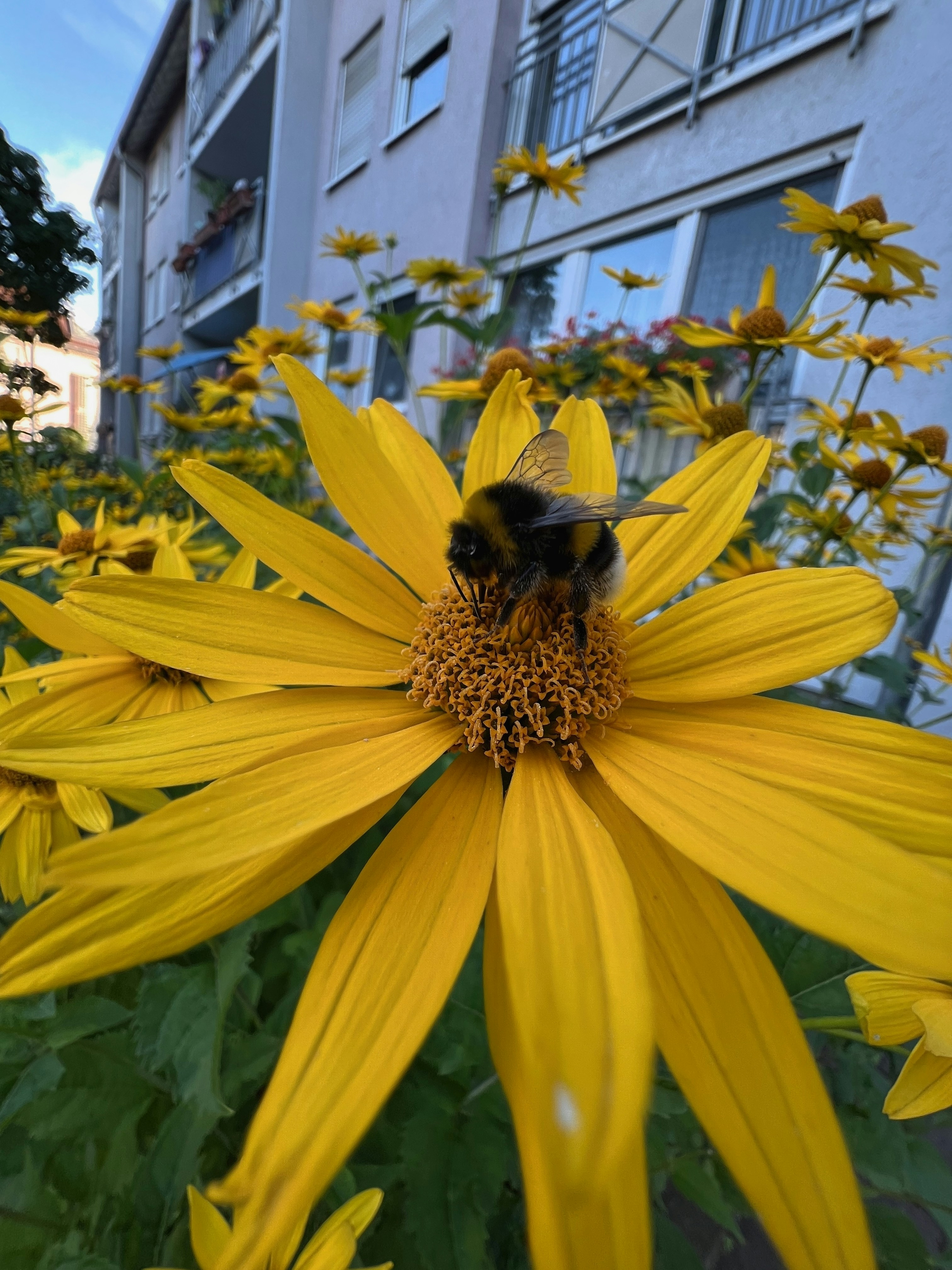
Learn it now: You might be surprised to learn that many cities and suburban areas now allow small backyard beehives, often with specific permits and regulations regarding hive placement and management. Check your local municipal codes and homeowner association rules first. If direct beekeeping is an option, start by researching hive types (Langstroth, top-bar, flow hive) and basic bee biology. If maintaining a hive isn't feasible due to space, regulations, or personal preference, you can still make a huge impact by focusing on pollinator gardening. This involves intentionally planting pollinator-friendly flowers in pots on your balcony, in window boxes, or within shared community garden spaces. Choose a variety of native plants that bloom at different times of the year to provide a continuous food source for bees and other beneficial insects.
Pro tip: The world of beekeeping can seem complex initially, but you don't have to go it alone. Attend a local beekeeping club meeting! These clubs are fantastic resources, often filled with experienced beekeepers who are more than happy to share their knowledge, offer mentorship, and even help you source equipment or your first colony. You'll learn about local flora, pest management specific to your region, and best practices for hive health. Even if you only pursue pollinator gardening, these clubs can offer valuable insights into which plants are most attractive to local pollinators and how to create a thriving bee-friendly habitat. The camaraderie and shared passion for these incredible creatures make learning both easier and more enjoyable.
8. Soap and Candle Making
Why it matters: Embracing the craft of soap and candle making is a wonderfully creative and practical way to enhance your self-reliance, even in an urban environment. It empowers you to create sustainable and non-toxic alternatives to store-bought products, giving you complete control over ingredients and avoiding harsh chemicals, artificial fragrances, or questionable dyes often found in commercial items. This is not only better for your health but also reduces your environmental footprint by minimizing packaging waste. Plus, beautiful homemade soaps and candles make fantastic, heartfelt gifts, adding a personal touch that store-bought items simply can't match.
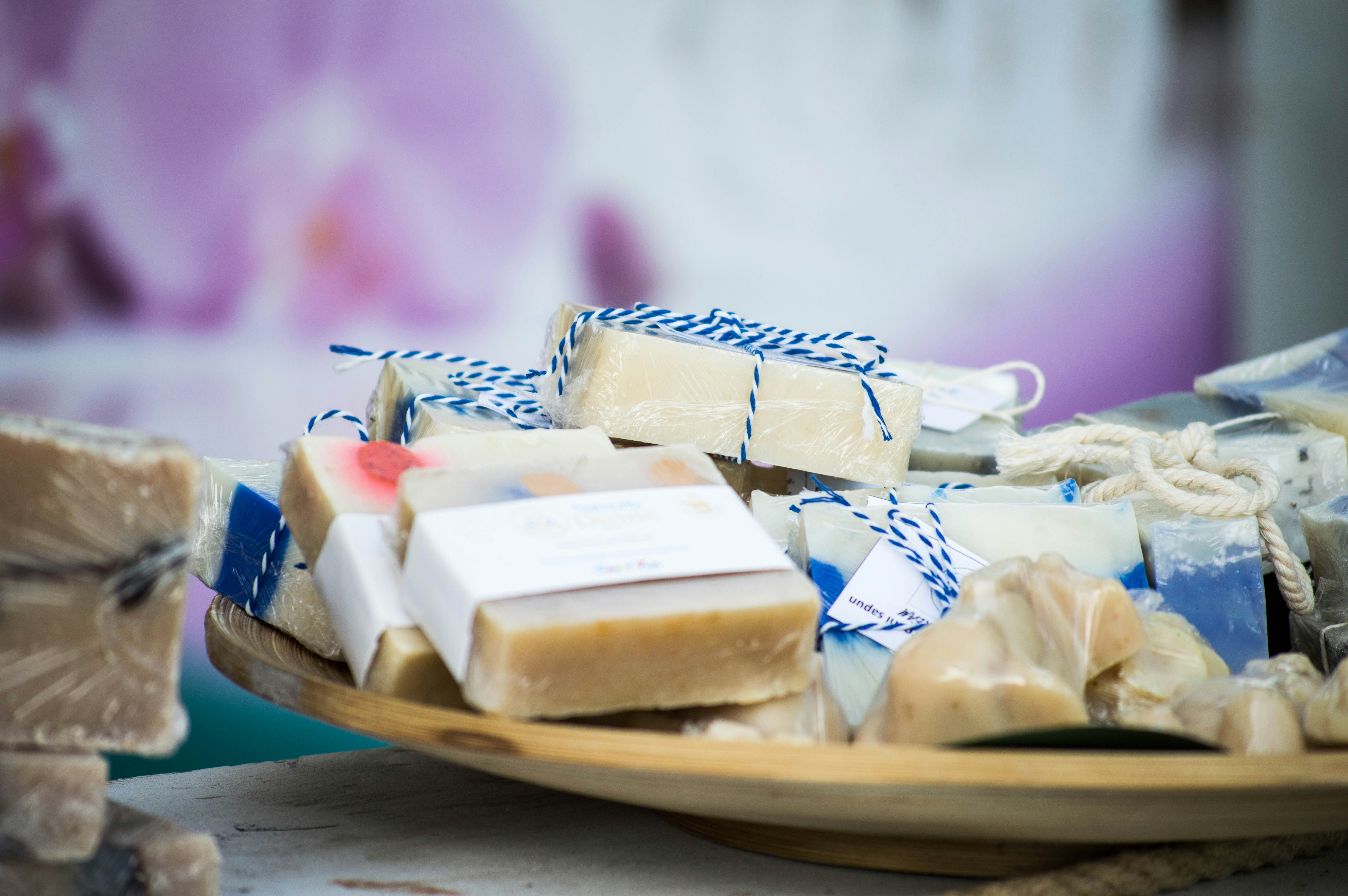
Learn it now: You don't need a chemistry degree or a specialized workshop to begin. For soap, start with melt-and-pour soap kits. These kits provide pre-made soap bases that you simply melt down, add your desired colors, fragrances, or additives, and then pour into molds. It's a safe, easy, and satisfying way to learn the basics of scenting and shaping soap without handling lye. For candles, simple beeswax candles are an excellent starting point. You can purchase beeswax pellets or blocks, melt them in a double boiler, add a wick to a heat-safe container (like a small jar or tin), and pour. Both melt-and-pour soap and basic beeswax candles can be completed in a single afternoon, offering immediate gratification and a tangible product of your new skill.
Pro tip: Take your creations to the next level by incorporating elements from your own urban homestead. Experiment with herbs from your windowsill garden for natural scent and decoration. Dried lavender, rosemary, mint, or calendula petals can be infused into melted soap bases for subtle aromatherapy or sprinkled on top for a beautiful visual appeal. For candles, consider infusing your melted wax with essential oils derived from these herbs. This not only adds a unique, personalized touch but also deepens your connection to the entire process, from growing the herb to crafting the final product. It's a true embodiment of the urban homesteading spirit.
9. Herbal Remedies
Why it matters: The knowledge of herbal remedies connects you to ancient wisdom and provides a powerful tool for everyday wellness and self-reliance. Many herbs possess both delightful culinary properties and significant medicinal uses, offering natural, gentle alternatives for common ailments without resorting to over-the-counter pharmaceuticals for every sniffle or ache. Learning about the plants around you empowers you to understand the natural world's offerings, reduce your reliance on commercial products, and take a proactive role in your family's health. It's a foundational step toward a more holistic and sustainable approach to well-being.
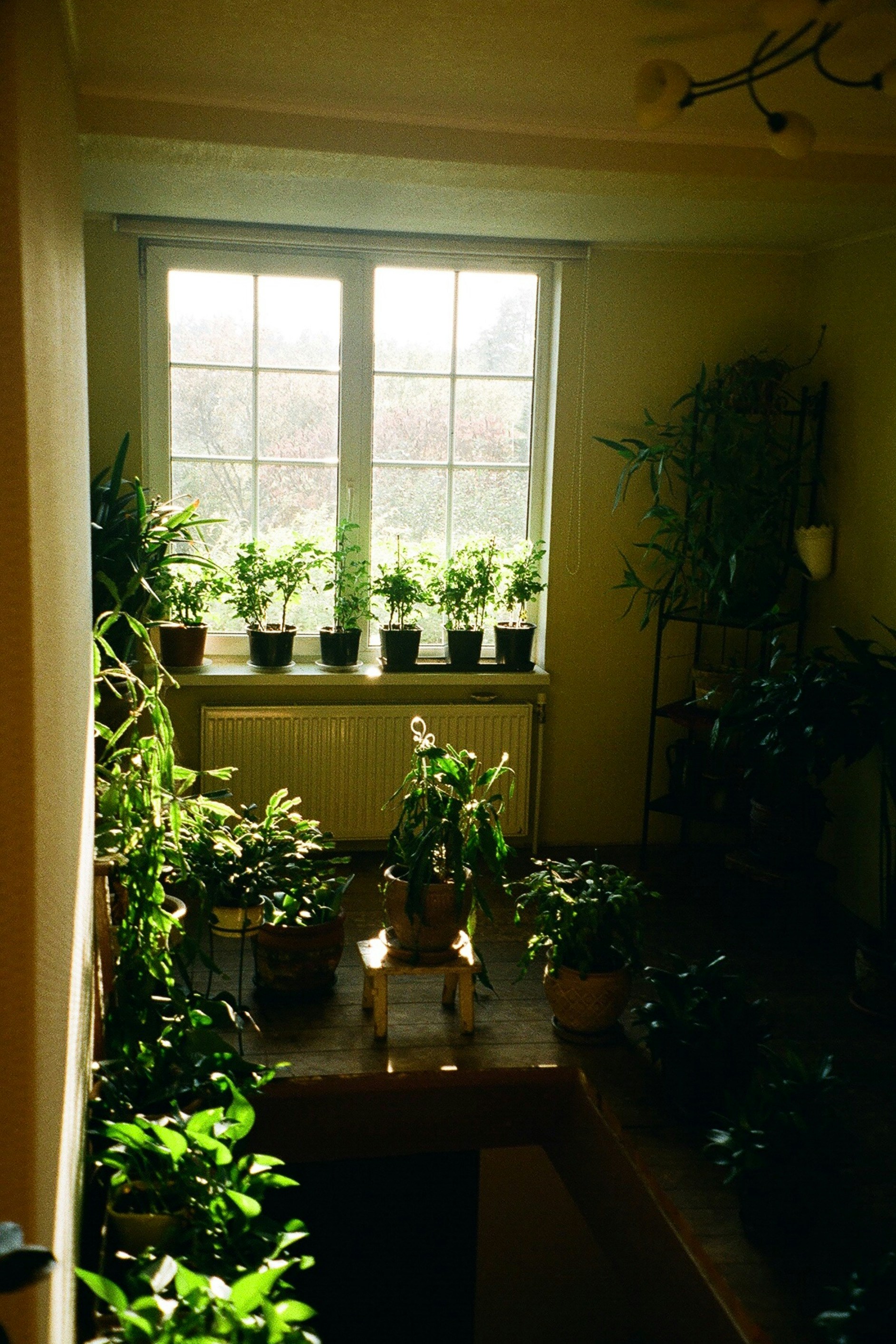
Learn it now: You don't need a sprawling herb garden to begin exploring the world of herbal remedies. Start small and simple by growing a few basic, versatile herbs in pots on a sunny windowsill, balcony, or patio. Excellent choices for beginners include:
- Mint: Great for digestive issues, headaches, and refreshing teas.
- Lavender: Known for its calming properties, useful in teas for relaxation or infused oils for skin.
- Chamomile: A classic for soothing teas that aid sleep and digestion.
Once you have your herbs growing, you can begin to learn to make simple preparations.
- Teas (infusions): The easiest method – simply steep fresh or dried herbs in hot water.
- Tinctures: More potent preparations made by soaking herbs in alcohol (or apple cider vinegar) for several weeks to extract medicinal compounds.
- Salves: Ointments made by infusing herbs in oil, then combining with beeswax to create a topical balm for skin irritations, minor cuts, or muscle aches. Numerous beginner-friendly recipes and tutorials are available online and in books.
Pro tip: As you embark on your herbal journey, keep a dedicated notebook to record your recipes and results. This "herbal journal" will become an invaluable resource. Note the plant you used, the specific remedy you made (e.g., "Lavender Sleep Tea" or "Mint Headache Tincture"), the date you prepared it, the ingredients and their proportions, and most importantly, the results you observed. Did the lavender tea help you sleep? Did the mint tincture ease your headache? Documenting your experiences will help you learn what works best for you and your family, allowing you to refine your techniques and build a personalized herbal apothecary over time. It's a continuous learning process that yields rewarding insights.
10. Water Collection and Conservation
Why it matters: Water is the most fundamental resource for life, and for any homestead, whether rural or urban, reliable water is the absolute backbone. Understanding how to collect and conserve it is a critical skill for resilience, sustainability, and environmental stewardship. It reduces your reliance on municipal water systems, which can be vulnerable to outages or increasing costs, and significantly lowers your household's environmental footprint. In a world facing growing water scarcity, learning to value and manage every drop is not just a homesteading skill, but a vital life skill that contributes to a more secure and sustainable future for everyone.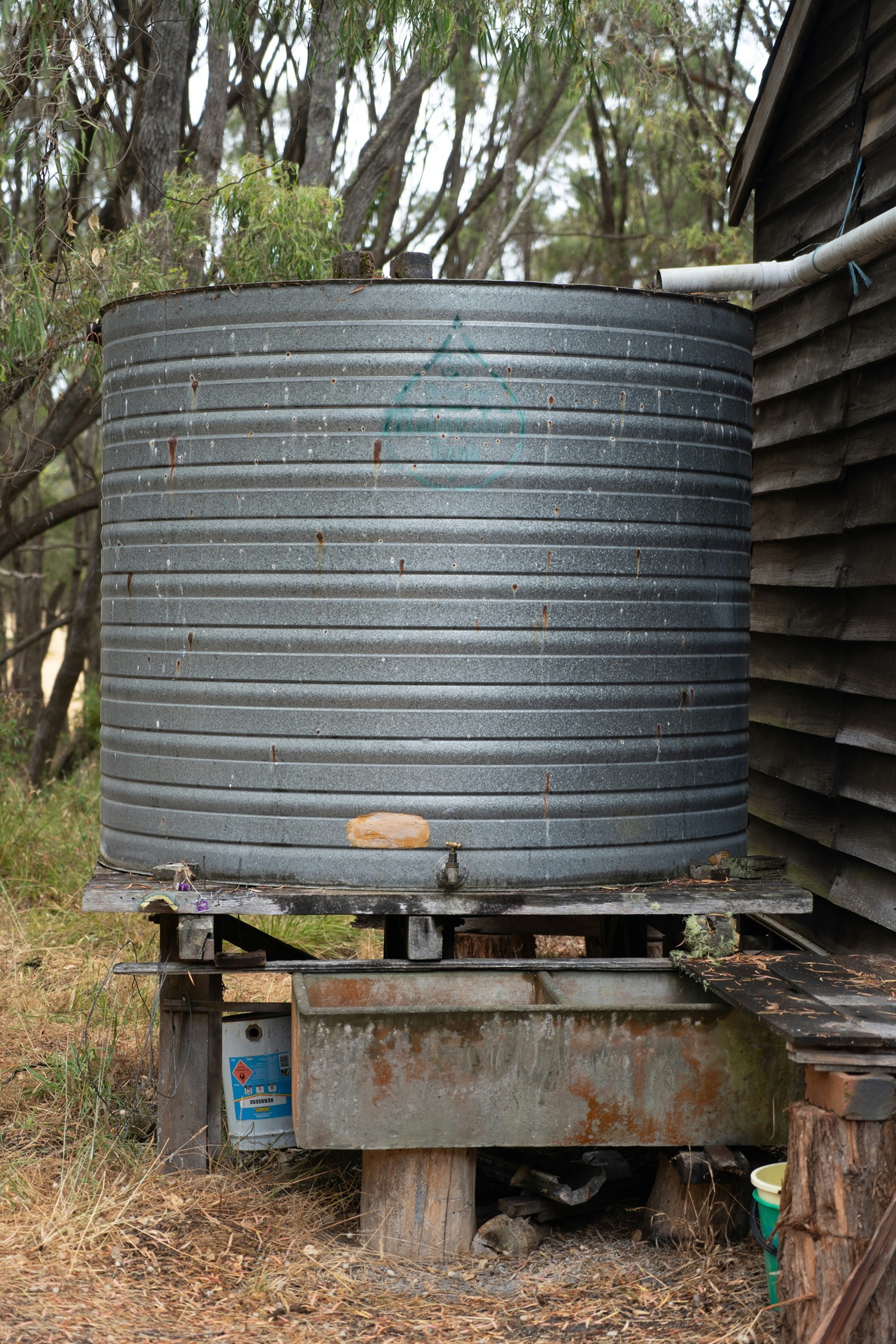
Learn it now: You can begin practicing water collection and conservation techniques right away, regardless of your living situation. If your local building codes and homeowner association rules permit, installing a rain barrel is an excellent way to capture rainwater runoff from your roof. This collected water can then be used for watering plants, flushing toilets (if plumbed correctly and legally), or even washing outdoor items, reducing your reliance on treated tap water.
If a rain barrel isn't an option, focus on practicing water-saving techniques indoors. This includes simple but effective habits like turning off the faucet while brushing your teeth, taking shorter showers, or running full loads in dishwashers and washing machines. A great urban homesteading practice is capturing "greywater" for instance, placing a bucket in your sink to collect water while waiting for it to heat up, or while rinsing vegetables. This collected water can then be used to water houseplants, outdoor container gardens, or even to pre-rinse dishes.
Pro tip: Cultivate a mindset of valuing every single drop. Even seemingly small habits can make a big difference and teach you invaluable lessons in water management. For instance, mulching your container gardens or raised beds significantly reduces water evaporation from the soil, meaning your plants need less frequent watering. Learning to quickly diagnose and fix leaky faucets or running toilets saves surprising amounts of water over time. Beyond these direct actions, simply becoming more mindful of your water usage, understanding where your water comes from and where it goes, will fundamentally change your relationship with this precious resource, fostering a deep appreciation for conservation in every aspect of your urban homesteading journey.
Final Thoughts
Forget the sprawling acreage and the barn; your homestead begins right where you stand. At its heart, homesteading is about cultivating a spirit of self-reliance, a deep connection to your resources, and the empowering satisfaction of knowing you can provide for yourself and your loved ones. Every skill learned in the city, from a patch on a pair of jeans to a jar of homemade jam, builds confidence, expands your capabilities, and strengthens your independence. Pick a skill that calls to you this month, start small, and savor the learning. You'll be amazed at how quickly these small acts transform your daily life into a deeply self-sufficient and rewarding adventure, right in your own personal oasis.